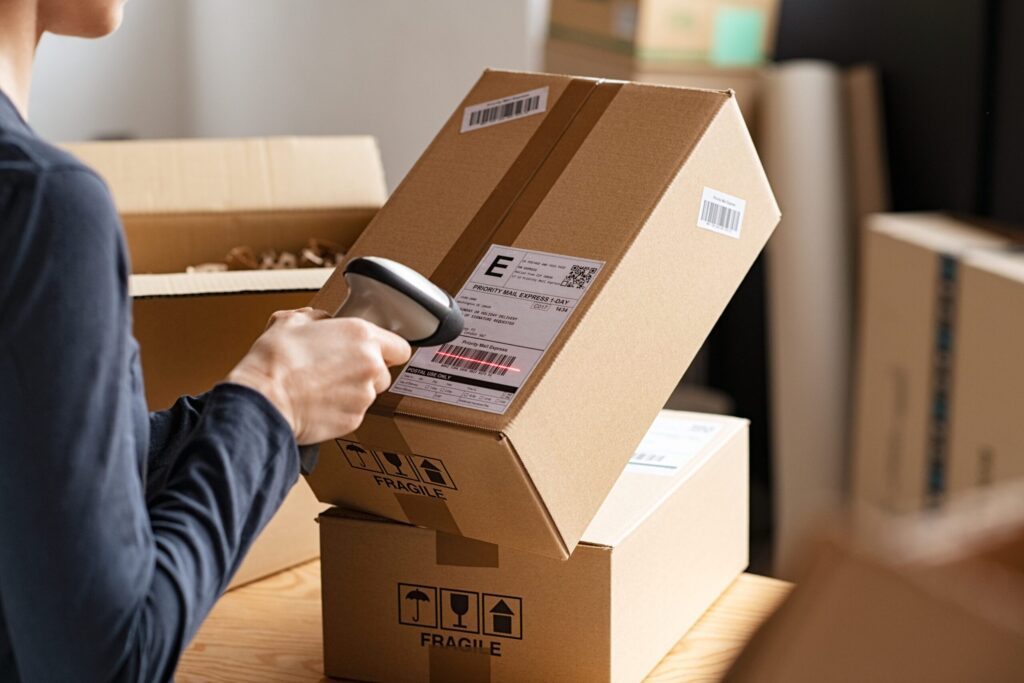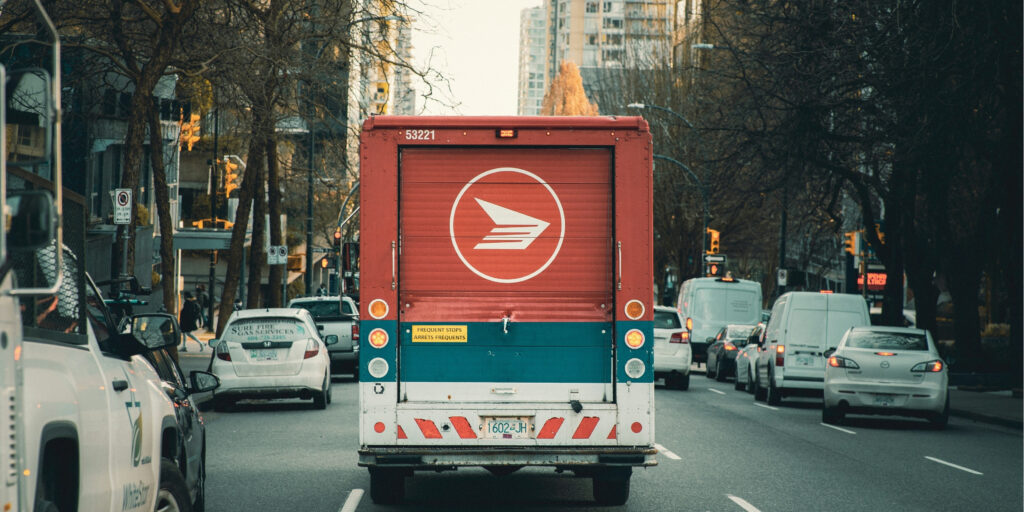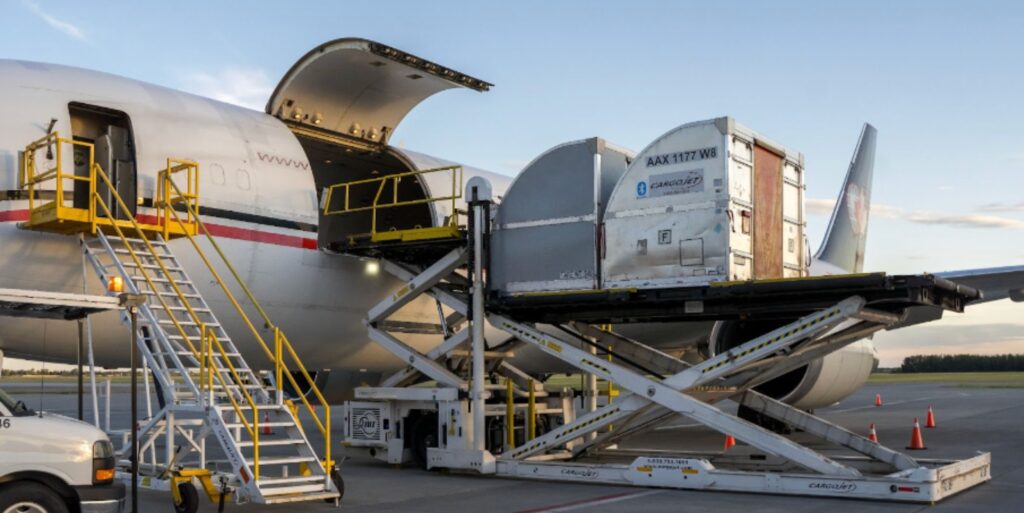Let’s talk about shipping labels.
Something as simple as a sticker may seem trivial in the grand scheme of things, but consider this — shipping labels play a key role in the success of your brand’s ecommerce shipping operations.
Shipping labels contain all of the vital information your shipping carrier needs to get orders to their final destinations. Even one mistake on a shipping label could completely derail a shipment and your shopper’s experience as a result. Avoidable mistakes like these are costly, create inefficiencies, and are just undesirable all around. With the right tools and knowledge, however, brands can avoid these outcomes.
With that, let’s dig deeper into shipping labels and answer some common queries, including:
- What is a shipping label?
- Why are shipping labels important?
- What is on a shipping label?
- Additional labels for shipping
- How do you get a shipping label?
- Shipping label FAQs
What is a shipping label?
A shipping label is a document that is affixed to a parcel and contains essential information about the origin, destination, and additional pertinent details about the package.
The main purpose of a shipping label is to provide key information between the sender, the shipper, and the shopper (or recipient).
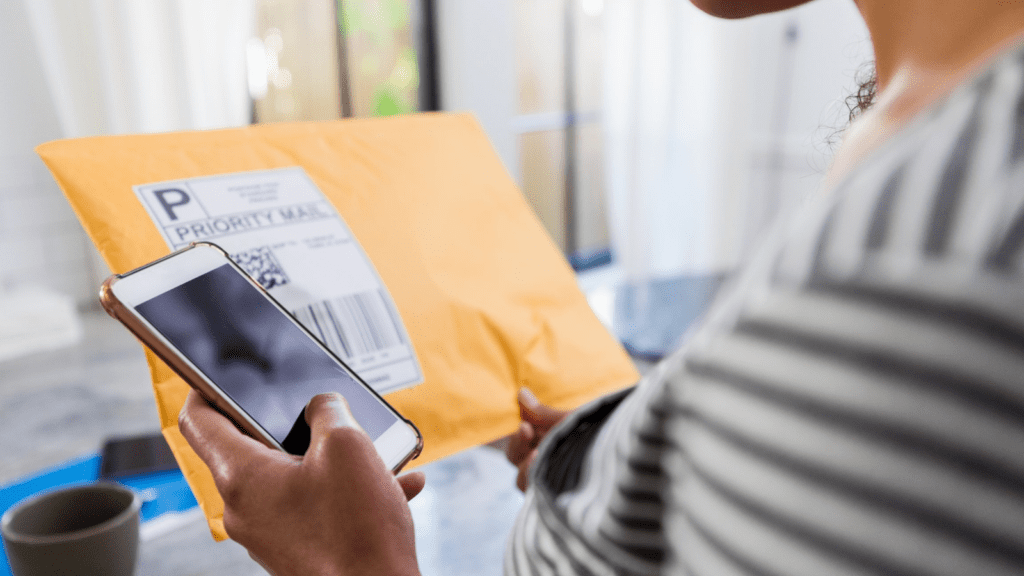
Why are shipping labels important?
Shipping labels serve more than one purpose. Packages can experience a delay or get lost without a clear, legible, and accurate shipping label. You can already guess some of the things that are most likely to happen next:
1. You’ll absorb the associated costs
Firstly, if you don’t have shipping insurance, you’ll pay out of pocket for any of the damages or losses due to shipping label issues. Some major carriers will cover losses up to $100 in value.
2. The incident will be communicated to the shopper
Next, your shopper will be informed that their package is delayed, damaged or no longer showing up. Shoppers end up disappointed. This can reflect poorly on your company overall, even if your team did everything right.
Shopper expectations regarding their shipments have never been higher, due in part to the rising popularity of next-day and same-day shipping. At the same time, with rising ecommerce activity comes an increased emphasis on shopper reviews that influence shopper purchases. For these reasons, brands can’t afford to make avoidable mistakes that contribute to dissatisfied shopper and negative reviews.
3. Your internal teams will spring into action
Once a shopper is informed about a delivery problem, your team will try their best to remedy the situation. They’ll get in contact with the shopper and work to get the package into their hands.
Overall, this is a costly and timely process. Proper package labelling that is detailed, correct, and scannable can help you avoid these preventable delivery setbacks.
What is on a shipping label?
Shipping labels are important because they contain all the necessary information for fulfillment and last mile delivery. But what does this information consist of? Let’s break down what is included.
1. Sender information
This section contains details about the person or organization sending the package, such as their name, address, and contact information. It helps identify the sender and serves as a return address if the package cannot be delivered.
2. Recipient information
Here, the label includes the name, address, and contact information of the intended recipient. This data ensures that the package reaches the correct destination and enables effective delivery coordination. Having the correct name is especially important for some deliveries where the recipient must sign for the package.
3. Package weight
The package weight influences how much it will cost to ship. It’s also a key piece of information that you need to correctly load a delivery vehicle. Delivery personnel also rely on this information to determine whether they will need a dolly or extra assistance to hand off the package.
4. Shipping service information
This part of the label indicates the specific shipping service chosen by the sender, such as overnight delivery, ground shipping, or international shipping. It may include additional instructions or requirements for the carrier to follow while handling the package.
5. Barcodes
Shipping labels often contain barcodes that are scanned by automated systems at various stages of the shipping process. These barcodes contain encoded information related to the package, helping carriers and logistics providers efficiently sort, route, and track the packages.
6. Tracking number
A unique identification number is assigned to each package, known as a tracking number. This number allows both the sender and the recipient to track the progress of the package during transit, providing real-time updates on its location and estimated delivery time.
By including all these details on a shipping label, it becomes easier for third-party logistics partners and last mile carriers to manage and deliver packages accurately, ensuring a smooth and efficient shipping process from beginning to end.
Additional labels
Additional labels can be added to your packages, so long as they don’t cover the information on the main shipping label. These additional labels can get much more personalized depending on your brand’s needs. Additional label details can include the following:
- This side up
- Fragile
- Perishable
- Flammable
These extra labels can be beneficial in ensuring that a parcel arrives safely and undamaged. Before including these, it’s important to check with your shipping carrier to determine if there are restrictions around extra labelling.
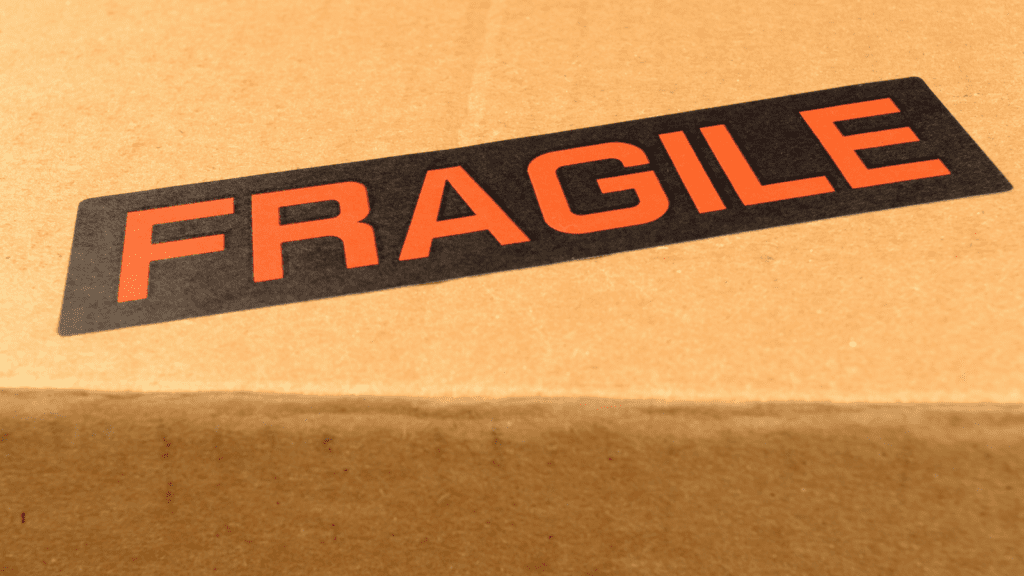
How do you get shipping labels?
When it comes to sourcing shipping labels, here are a couple of options:
Partner with a 3PL
For brands with higher volumes, the most efficient way to generate shipping labels is through your 3PL. Traditionally when you’re working with a 3PL (third-party logistics provider), such as GoBolt, they will generate shipping labels for you. This is part of the end-to-end fulfillment, logistics and shipping process.
Purchase from your shipping carrier’s local office
If you’re shipping orders sporadically, then sourcing shipping labels directly from your shipping carrier can be a convenient option. You’ll have to manually enter most of the information before the carrier generates the necessary barcode. You can also download and fill out shipping labels from some carrier’s websites:
The downfall here is that this method is a time-consuming process.
DIY shipping labels
Making your own shipping labels is free, but you’ll have to pay for postage and tracking once you’re ready to send your orders. There are free online services to generate shipping labels, such as:
Some paid software services help you produce multiple labels at once. These often follow a pay-as-you-go method or a monthly payment method. Just remember that when you make your own shipping labels, you’ll also have to print them yourself and properly affix them to your packages.
Find eco-friendly package labels
If sustainable shipping is something that is important to your brand and your shoppers, eco-friendly shipping labels are available through providers like Noissue, who offer shipping labels made of recyclable materials.
Shipping label FAQs
1. Can I handwrite a shipping label instead of generating and printing one?
Yes, you can handwrite a shipping label as long as it is legible. You will still need barcodes which are generated by your carrier of choice.
2. What is the size of a shipping label?
Shipping labels are generally about 4” x 6” in size. You want to place labels smoothly on each parcel without bubbles or folds. Remember that every label is unique — old labels cannot be reused.
3. Do shipping labels expire?
Yes. Some include a ship-by date that you should try to stick to as much as possible.
4. How much do shipping labels cost?
The cost of shipping a package varies widely depending on a whole host of factors including how far you’re shipping, the size and weight of the shipped parcel and more.
5. How do I properly affix a shipping label on a package?
It’s easy! Place your shipping label on one side of the package with a large surface. Don’t place it near the corners. Avoid bends and folds, as they can make the label harder to read and scan. You can either tape the label onto the package (if you’ve printed on normal paper), or stick it on using the self-adhesive paper.
Final thoughts
Shipping labels are an essential part of the shipping process and contain highly important information. By understanding the nuances of these labels and by using the information from this guide, you can avoid common shipping mistakes.


